Remember when kids roamed the neighborhood till the streetlights came on and no one thought twice? The '70s were full of activities that seemed totally normal then, but would raise serious eyebrows today. Here's a look at the pastimes that just wouldn’t fly anymore.
Riding Without Car Seats

Credit: pexels
It was shockingly common for children to ride unrestrained in vehicles. While child safety seats existed, they weren't mandatory or standardized. Tennessee became the first state to enact a child restraint law in 1977, which took effect in 1978, requiring appropriate seating for children in vehicles.
Throwing Lawn Darts
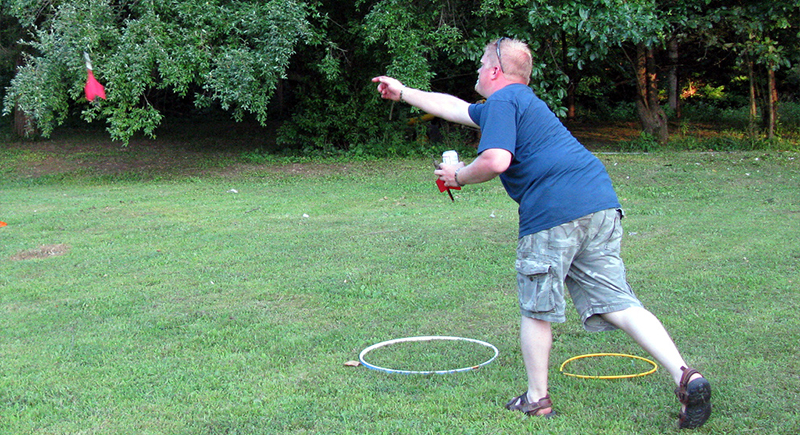
Credit: Wikimedia Commons
Lawn darts, or "Jarts," were popular backyard games. They consisted of heavy, metal-tipped darts thrown toward ground targets. Despite their popularity, lawn darts caused numerous injuries and were linked to at least three child fatalities. In response, the U.S. Consumer Product Safety Commission banned the sale of all lawn darts in 1988.
Painting with Lead-Based Paints

Credit: Getty Images
People favored lead-based paints for their durability and vibrant colors. Later research showed that exposure to lead paint chips and dust can cause severe health issues, particularly in children. Thus, the federal government banned using lead-based paints in residential properties in 1978. Homes built before this date may still contain lead paint, requiring careful management during renovations.
Skipping Helmets While Biking

Credit: iStockphotos
Bicycle helmets were rarely used, and there were no design standards or widespread awareness of head injury risks. As studies highlighted the protective benefits of helmets, laws mandating their use for children were enacted. Currently, 21 states and the District of Columbia have statewide laws requiring children to wear helmets while biking.
Skipping Seat Belts in Cars

Credit: iStockphotos
Many vehicles in the early 1970s lacked seat belts, and their use wasn't widely enforced. Federal law began requiring seat belts in new cars in 1968, but it wasn't until the 1980s that seat belt use became more prevalent. As of 2024, the national seat belt usage rate is 91.2%, significantly reducing traffic fatalities.
Breathing Secondhand Smoke Everywhere

Credit: pexels
Indoor public spaces like offices, airports, and even hospitals allowed smoking without restriction. However, the health dangers of secondhand smoke—including increased risk of lung and heart issues— have led to smoke-free laws being gradually introduced.
Selling Fireworks Without Restrictions

Credit: flickr
Powerful fireworks like M-80s were readily available to consumers and led to numerous injuries and accidents. The Consumer Product Safety Commission responded by enforcing stricter regulations, including limiting the explosive content in firecrackers to 50 milligrams. Many states have additional restrictions or bans on certain fireworks.
Advertising Junk to Kids

Credit: Reddit
Children's television in the 1970s was saturated with advertisements for sugary cereals and toys, often without regulation. The Children's Television Act of 1990 addressed these concerns by limiting the amount of advertising during children's programming and requiring educational content.
Drinking Alcohol in Public Spaces
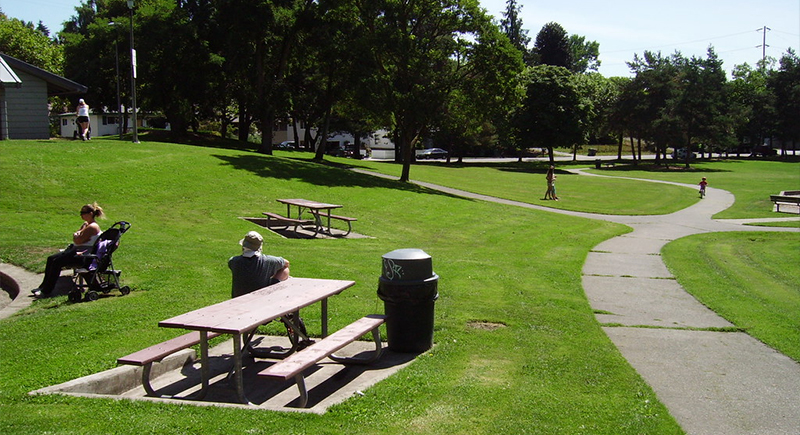
Credit: flickr
It was common to see people enjoying beer or cocktails in parks, on sidewalks, or even as vehicle passengers. Over time, concerns about safety and public behavior led to open container laws in most states, restricting visible alcohol in vehicles and shared outdoor areas.
Leaving Asbestos in Buildings
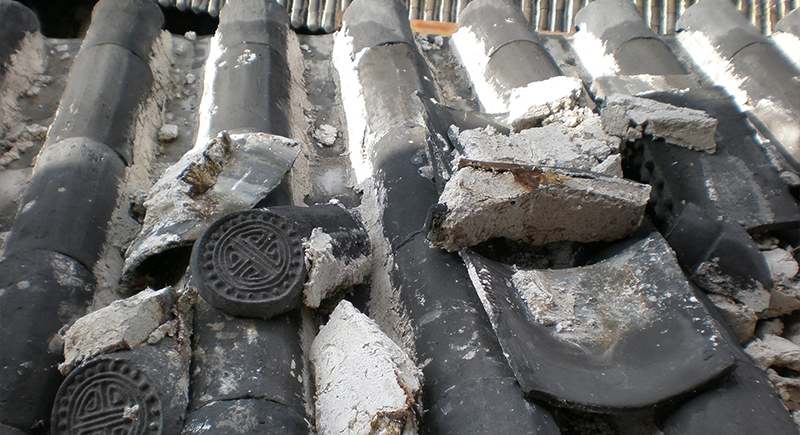
Credit: Wikimedia Commons
Asbestos was widely used in construction for its fire-resistant properties. In a massive turn of events, however, exposure to asbestos fibers was found to cause serious health conditions, including mesothelioma. In 1989, the EPA issued a rule banning most asbestos-containing products, which was largely overturned in 1991. Nevertheless, new uses of asbestos remain banned, and its use has declined significantly.
Paddling Students at School

Credit: Getty Images
Corporal punishment was a common disciplinary method in schools during the 1970s. Recent research has highlighted its negative effects on children and led many states to ban the practice. As of 2024, corporal punishment remains legal in 17 states, though it's actively practiced in fewer.
Letting Kids Roam Dangerous Playgrounds
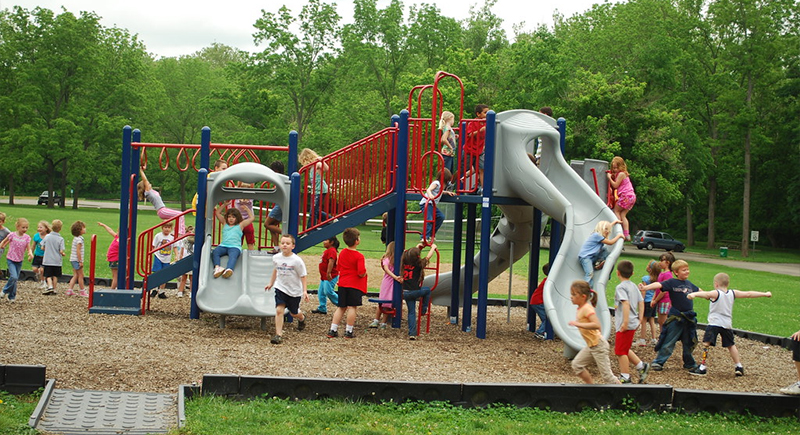
Credit: flickr
Playgrounds in the 1970s often featured hard surfaces and equipment that posed injury risks. The Consumer Product Safety Commission published the first Handbook for Public Playground Safety in 1981, providing comprehensive safety guidelines. Modern playgrounds use impact-absorbing materials and adhere to strict safety standards.
Using Aerosols with CFCs
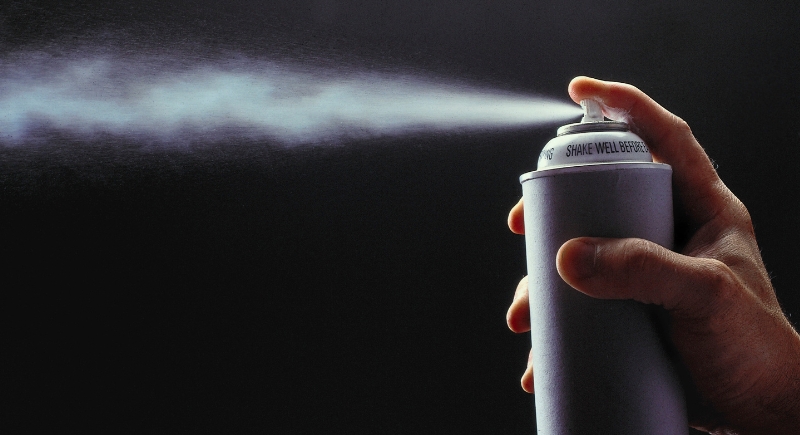
Credit: Ablestock.com
Aerosol sprays commonly used chlorofluorocarbons (CFCs) as propellants, which were later found to deplete the ozone layer. The 1987 Montreal Protocol, an international treaty, initiated the phase-out of CFCs, leading to significant environmental recovery. Modern aerosols now use safer alternatives.
Eating Without Nutrition Labels

Credit: Thinkstock
Most food packaging lacked standardized nutritional information and made it difficult for consumers to make informed choices. The Nutrition Labeling and Education Act of 1990 mandated the inclusion of Nutrition Facts labels on most packaged foods to promote transparency and healthier eating habits.





